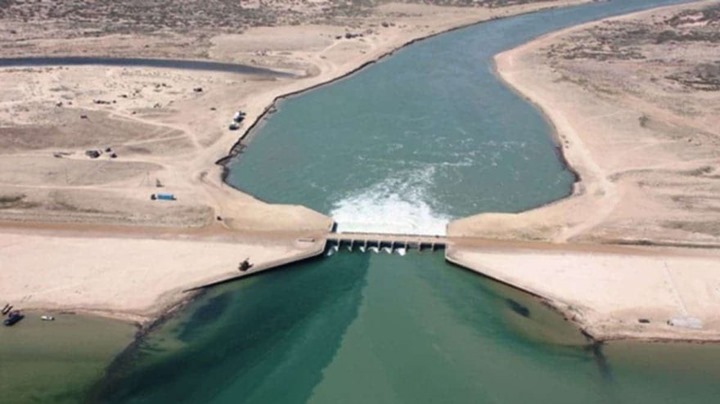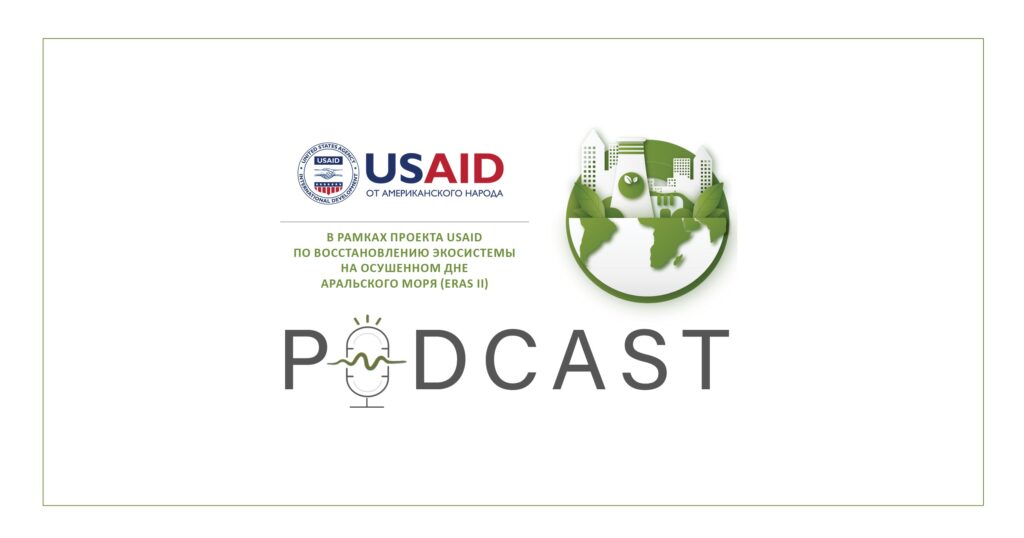Afghanistan’s Ministry of Energy and Water Resources reported that the reconstruction of the Kamal Khan Dam, along with the hydroelectric power station and reservoir, is 99% complete, and the hydraulic structure will soon be put into operation.

According to Matiullah Abed, spokesman for the Afghan Ministry of Energy and Water Resources, the dam’s reservoir can hold 52 million cubic meters of water, the hydroelectric power plant can generate six megawatts of electricity and irrigate more than 174,000 hectares of agricultural land.
The press secretary told TOLOnews:
“The Kamal Khan Dam Project, located in Nimroz Province, is one of the significant projects of the Ministry of Energy and Water Resources, the work of which is 99% completed. This project generates six megawatts of electricity.”
Meanwhile, the Afghanistan Chamber of Agriculture and Livestock recognizes that dams play an important role in irrigating agricultural lands, increasing agricultural production and preventing drought in the country. She emphasizes that with proper management of water resources, Afghanistan can transform from an importing country to an exporting country.
Mirwais Hajizada, Deputy Chamber of Agriculture and Livestock of Afghanistan, states:
“Kamal Khan dam is also a very good achievement and along with it, Kushtepa canal, Shah and Arus dams, we propose to the government to control and create Kunar dam because water is more valuable in Afghanistan and Afghanistan is an agricultural country.”
Some experts, noting the importance of building diversion dams in the country, insist on increasing investment in dam construction and water management.
Najibullah Sadid, a water management expert, says:
“The construction of dams is very important not only for the generation of hydroelectricity, but also because these dams protect us from the dangers of droughts and floods.”
Earlier, the Ministry of Energy and Water Resources of Afghanistan announced the implementation of more than 300 projects on water conservation and water storage in reservoirs in the country this astronomical year (before the next spring equinox).
It is worth noting that last month, when the Kamal Khan reservoir reached its design level, Afghanistan released excess water to neighboring Iran.
Securing Iran’s rights to water from the Helmand River, which is blocked by the Kamal Khan Dam, has been a persistent demand of Iranian authorities to the Islamic Emirate of Afghanistan, leading to increased tensions between Kabul and Tehran in recent years.
“We continue our efforts to replenish Afghanistan’s water supplies and meet our commitments to Iran. Discharging water is the right decision,” said Zabihullah Mujahid, spokesman for the Islamic Emirate, in an interview with TOLOnews.
However, farmers in Nimroz then noted that they were the ones who had suffered greatly from the recent drought and should first take advantage of the water reserves in the Kamal Khan reservoir.
“Residents of Nimroz and farmers should be a priority. We have suffered greatly in the last two years of drought,” said Gul Ahmad, a farmer from Nimroz.
“First provide us with water. As soon as the crops grow, give the excess water to our neighbors,” says Ahmad Khan, a farmer from Nimroz.
“Now that the government of the Islamic Emirate has decided to allocate part of the water to our neighbors, the transfer of water to neighbors should be based on political and economic equation so that the rights of the Afghan people are not infringed,” said economist Fahim Faramarz.
The Helmand River Treaty was signed by then Afghan Prime Minister Mohammad Musa Shafiq and his Iranian counterpart Abbas Hoveida in 1973. According to the agreement, Afghanistan agreed to share water from the Helmand River with Iran and supply 26 cubic meters of water per second, or 850 million cubic meters per year.



